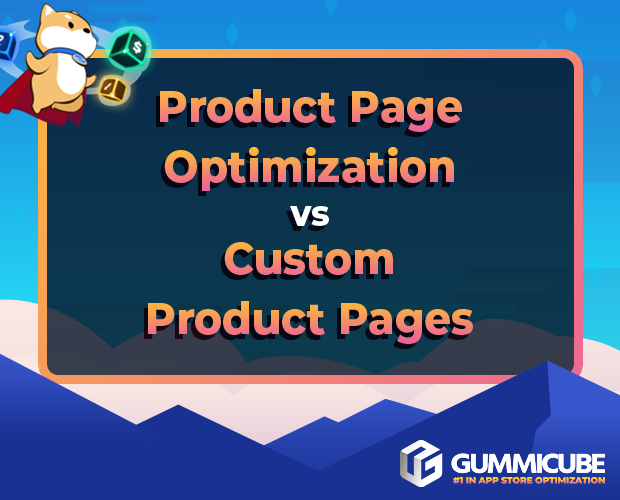Flash technology has created a great opportunity for companies to use handheld devices as marketing tools. Gareth Evans, Director of Technology at start-up company Pocket Marketing, explains why he believes Flash Lite succeeds where J2ME and WAP have failed in creating a rich mobile experience
Technologies such as J2ME and WAP have presented openings for brands to utilise mobile phones as marketing tools to promote their products, but disappointingly, they have failed to deliver what they had promised to the mobile marketer. However, things have changed thanks to Adobe (formerly Macromedia) with the emergence of Flash Lite player, the cut-down version of Shockwave Flash software built specifically for mobile devices, but with the same advantages as the desktop version.
Launched in February 2003 for mobile provider NTT DoCoMo in Japan, Flash Lite 1.0 provided an easy way to put Flash content on to mass market mobile phones for the first time. Now, some three years on, Flash Lite has shifted from creating basic wallpapers to become a core tool for the mobile content business. Indeed in April 2006, NTT DoCoMo passed the 2 million subscriber mark for its i-channel service, which utilises the Flash Lite player.
Its initial success in Japan over the past three years has resulted in
Adobe announcing deals with the top seven handset manufacturers, which
will see the current 1.1 version of the player pre-installed onto
phones. The recently-launched Nokia 3250, E61 and N91 are the first in
a wave of devices shipped with Flash Lite, with the figure. Around 216
million handsets are expected to be shipped with the application by
2010.
The secret of success
So how is Flash Lite going to succeed where others have
failed? Firstly lets look at WAP. WAP has been proved to be slow and
difficult to use, and therefore does little to create a desirable
experience. J2ME on the other hand is a real contender. Its powerful,
it has an estimated 20,000 developers, its got a few years on Flash
Lite in the mobile arena, and its the de facto standard for games
development. On the downside, J2ME has a very fragmented landscape, and
a long development cycle, which is where Flash Lite comes into its own,
as development times are typically three to five times quicker than
using other applications resulting in lower costs.
C++ is another
option, but again the process is complex and the development cycle
slow, while a further possibility, PYTHON, is currently only available
for 60 series devices. Though not all necessarily working within the
mobile space, Flash has an estimated 1 million developers, and after
nine years, has become a robust, mature development environment.
Compared to J2ME, the ability to create dynamic, animated and rich
graphics makes Flash Lite the perfect choice for creating sleek designs
and superior sophistication for a truly engaging user experience.
Other
applications have their place, but for marketing, Flash Lite has a real
edge, and opens the door to dynamic multimedia applications and user
interfaces. Experience matters, and in the fast moving world of mobile
marketing if development times are shorter, then costs are lower, and
reaction time is increased.
Ubiquitous application
Adobe is committed to generating the
same sort of ubiquity for the Flash Lite player, as it has for the
desktop version of the player, which is now available to 98 per cent of
online consumers. This is significant for the mobile marketing
industry, because at a time when we are constantly exposed to brands
everywhere we go, mobile marketing can be a ubiquitous device for the
marketing industry, as it adds an interactive dimension that is
unparalleled for immediacy.
But with consumers in the mobile
market facing an everincreasing choice of devices and operator
services, the need for handset manufacturers and network operators to
deliver compelling user experiences that differentiate their products
from those of their competitors is greater than ever. And with mobile
advertising set to become a lucrative source of revenue for both
network operators and brand owners, the lower costs of Flash Lite means
developers can offer content to a wider range of companies that would
previously not been able to afford or justify the high development
costs associated with mobile content.
With mobile phones
continuing to exceed everyones expectations and mobile advertising set
to launch into the mainstream in 2007, agencies need to realise that
they cannot afford to ignore this marketing tool for much longer. The
challenge for the marketing industry lies in finding ways to deliver a
unique, high quality product quickly and cost-effectively, and for many
the answer lies with Flash.







